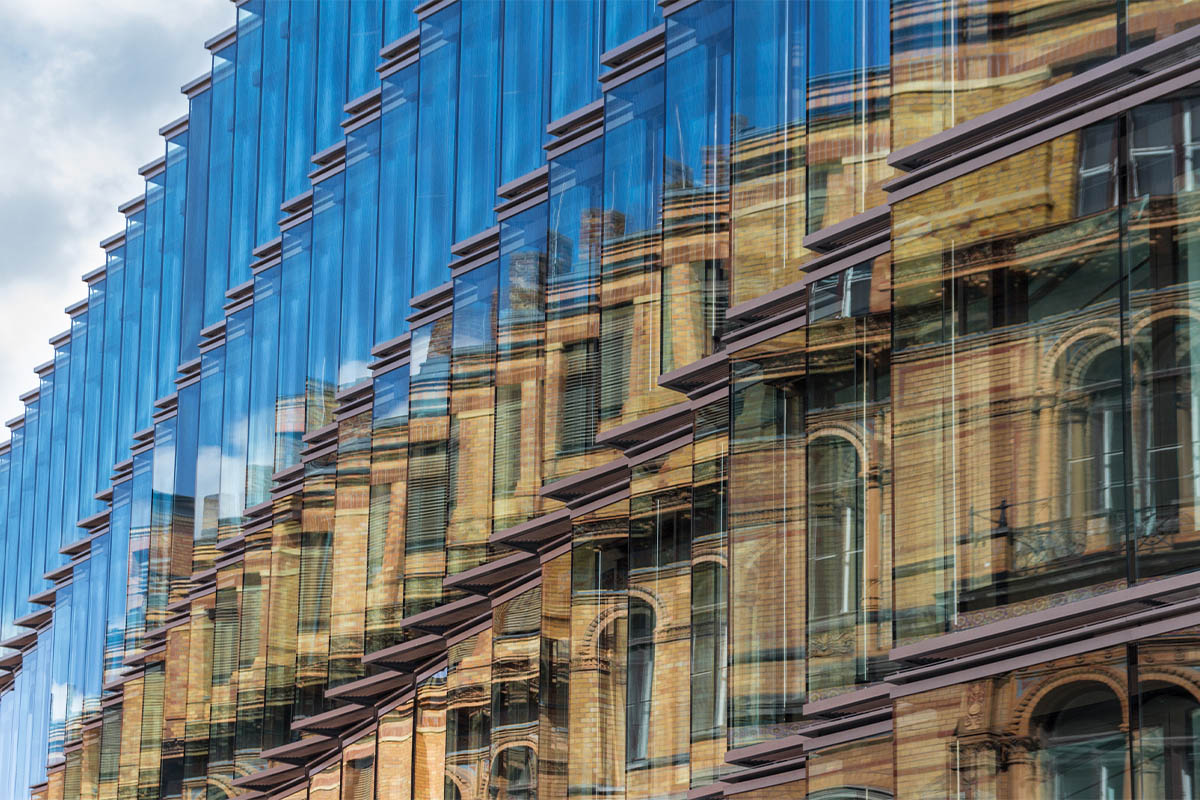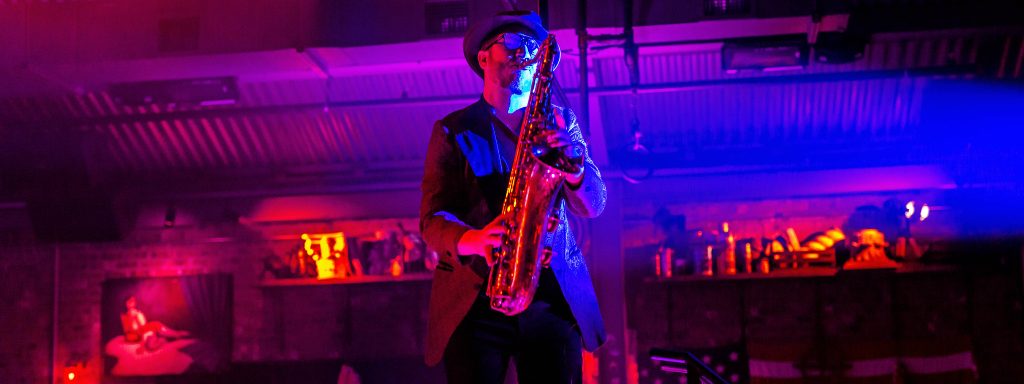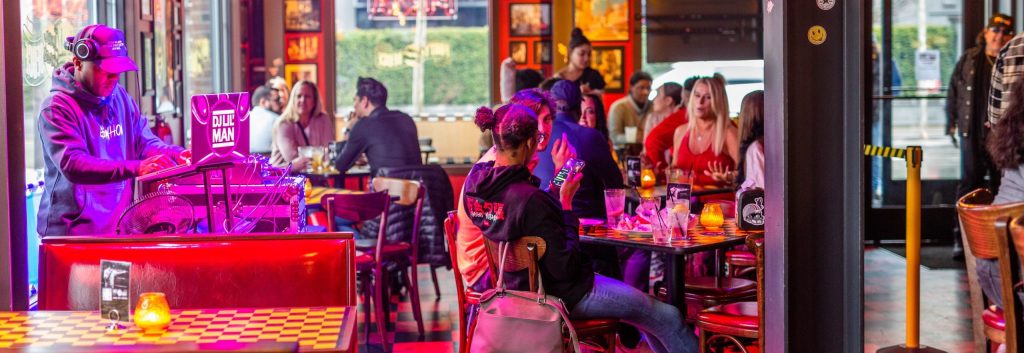By Yaromir Steiner
There is already interesting discussion and debate about how the industry is going to change and what is going to be different in a post-COVID world. Those are important conversations to be having, because those changes are going to be significant and pervasive. While some of the predictions of an immediate radical transformations are excessive, there will be an acceleration of the transformation. After the early dust settles we will see that what we expected to happen by 2025, will show in 2021. For those who needed the time to adapt, the lack of time will cause their early demise. However, one thing is apparent the traditional department store anchored enclosed retail mall format is dead.
That might seem like hyperbole, but it shouldn’t come as a surprise. Traditional enclosed malls were already dinosaurs in a changed world. They have been on a steady path to extinction for some time now. Those in the best locations with the best tenant mixes have managed to stay relevant, and even profitable and prosperous, but the final outcome is inevitable. The changes in consumer sentiment and behavior are too significant. The inability to adapt of the American departments stores, competitive pressures from online retailers, as well as new formats and concepts, are also too relentless.
In times of crisis, the Darwinian dynamic that always exists in this industry gets ratcheted up to new levels. We’ve seen it throughout history. Wars, economic depressions, and now pandemics, accelerate existing trends and tighten timelines. Weaker malls were always going to fade out and give way to stronger, more innovative and engaging concepts. The pressures of the moment have simply moved that process along.
The coming changes will perhaps be more immediately noticeable in need-based or “replenishment” retail. “Shopping” for essentials like groceries and other household goods will become highly automated. The in-store experience will become more efficient, transactional, and technologically streamlined, and we will see a dramatic up-tick in households making a permanent switch to online shopping for those items. It will become increasingly evident that there’s no way to compete with the jaw-dropping efficiency of an online giant like Amazon, which has twice as much merchandise in a single warehouse than in an entire American (very large) shopping center.
The corollary news is that the Amazons of the world can’t compete with the social and experiential dynamism of a well-conceived mixed-use environment, or a retail space with elevated dining and entertainment options. The ability of those environments to satisfy the social needs of a population desperate for interaction are great. Despite speculation that the contagious nature of the coronavirus will instill a lasting fear of crowds or public spaces, there is little reason to believe that a population that has evolved to seek out social connections will change in any lasting way. Coming together in social groups is quite literally in our DNA. To the contrary, the isolating nature of the current crisis has made us all keenly aware of just how valuable those small interactions are to our emotional wellbeing.
That doesn’t mean that retailers in a post-COVID world won’t have to continue to get better and more sophisticated at integrating technology, leveraging data, and implementing smarter inventory and merchandising strategies. They will need to do all of those things as they become more efficient, boost customer engagement, and continue to enhance
their ability to customize the retail experience. We are likely to see an “operational evolution” that kicks off this new era of retail, with the emergence of “concentrated, organized retail environments” that are more responsive to consumer needs and carve out a clear and compelling value proposition.
None of that can happen until we accept that the retail world we are familiar with is already a thing of the past. Recognizing and accepting that core truth is a critical first step in making the needed philosophical, strategic, and tactical changes that will be needed to survive and thrive in the brave new world of post-COVID retail and mixed-use development.






